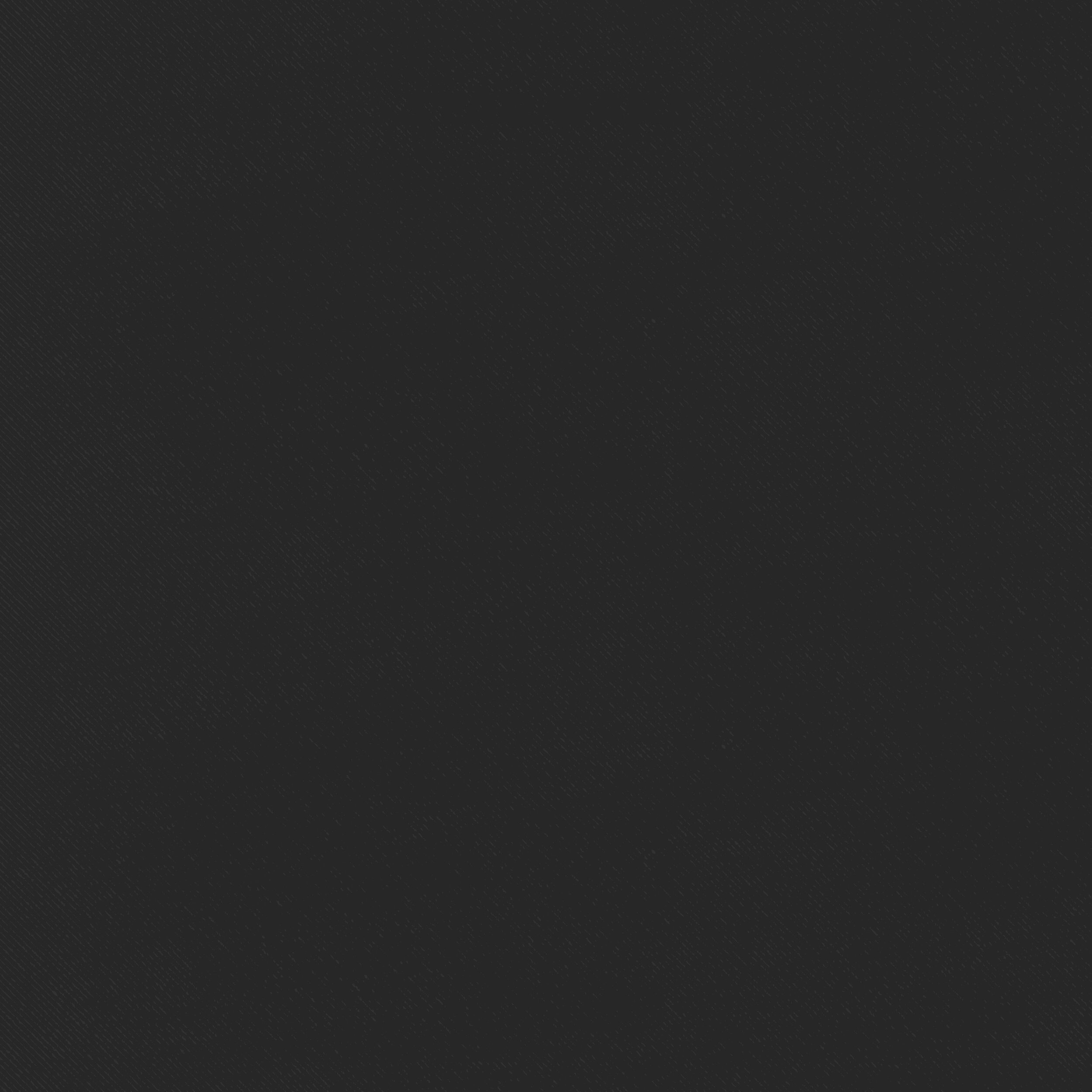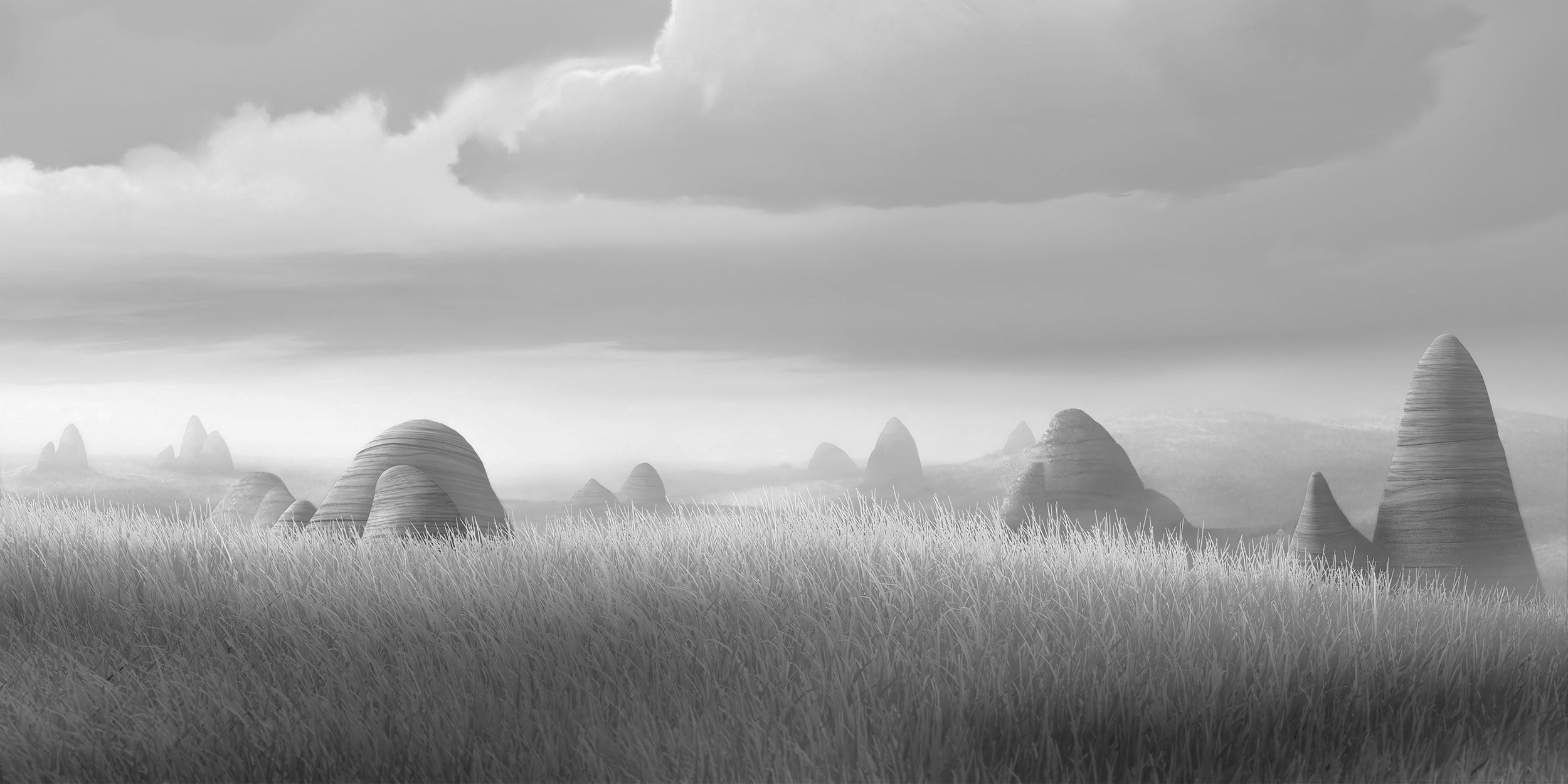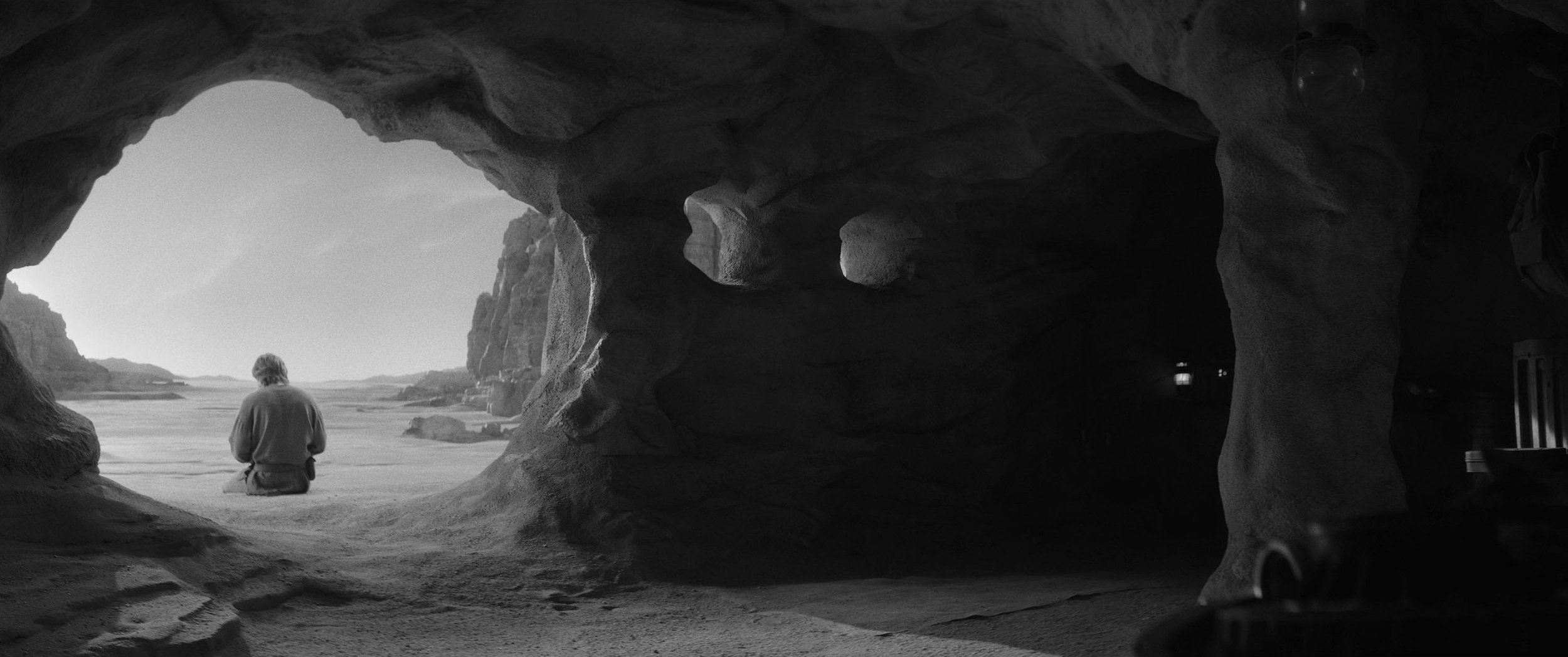
LOCATION SCREENTIME
Star Wars is often seen as the classic battle between good and evil, or as telling tales of found family and the fight against oppression; and it's in amongst the backdrop of incredible worlds that these stories are told.
This project was created to celebrate the creative genius of these locations, and illustrate just how prevalent each place is in a particular story.

The Skywalker Saga
From the twin suns of TATOOINE, past the battlegrounds of GEONOSIS and the salt flats of CRAIT, the nine-film Saga that started it all has taken captivated fans on a journey across the galaxy in the fight between the light and the dark….


Andor
Set in a galaxy suffocating under IMPERIAL control, this tense political thriller followed CASSIAN ANDOR on his once-reluctant journey from petty thief to revolutionary spy, as well as a growing network of rebels, spies and senators, as they navigated a galaxy slipping deeper into TYRANNY....
Download graphic


Ahsoka
Dealing with a loose thread from precursor series Star Wars Rebels, this fresh tale of the NEW REPUBLIC age told the story of Jedi Ashoka Tano and her padawan's journey to a DISTANT GALAXY. A far flung destination where they found a stranded long lost friend, and an exiled GRAND ADMIRAL....


Skeleton Crew
A coming-of-age story of FOUR CHILDREN who suddenly find themselves pulled away from their seemingly safe world of AT ATTIN. In their desperate attempts to return to home, the FABLED MYSTERY of their planet begins unravelling as they run into friend, foe and everything in between….
Download graphic


Rebels
Offering an insight into the formation of the REBEL ALLIANCE, the series took its core cast, the familial crew of the GHOST, from a local resistance cell based on and around the planet LOTHAL to galaxy-spanning war heroes….


The Mandalorian
The franchise’s first LIVE-ACTION television series began to tell a more personal tale; one of a lone BOUNTY HUNTER and a MYSTERIOUS CHILD in his care. The unlikely pair would travel to both new and familiar locations, in a chaotic galaxy seemingly desperate to stop them at every turn….
Download graphic (Season 1)
Download graphic (Season 2)
Download graphic (Season 3)


The Book of Boba Fett
After being left for dead on the sands of TATOOINE, the opening season of this series followed former gun-for-hire BOBA FETT and his struggle to reinvent himself amongst the complex machinations of MOS ESPA and its surrounding territories....
Download graphic (Season 1)


The Bad Batch
Dealing with the immediate aftermath of ORDER 66, the newest property from Lucasfilm Animation re-introduced the so-called defective troops of CLONE FORCE 99 and their place in a rapidly changing galaxy. One that was now falling under the growing shadow of the GALACTIC EMPIRE....
Download graphic (Season 1)
Download graphic (Season 2)
Download graphic (Season 3)


The Acolyte
Set in the earliest on-screen era of the STAR WARS franchise, during the time of the HIGH REPUBLIC, the series delves into the emotional fallout of a tragedy on the planet BRENDOK and the shadowy goings-on in a galaxy at peace, a hundred years before the rise of the Empire….
Download graphic


Obi-Wan Kenobi
Instead of perhaps predictably being set on Tatooine, Star Wars’ third live action Disney+ show instead took the former JEDI MASTER on a planet-hopping journey of rediscovery from DAIYU to JABIIM; bridging the gap between the prequel and original trilogy eras in the process….


Resistance
Offering a deeper dive into civilian life in the galaxy, the two-season animated series straddled both sides of the opening act of the SEQUEL TRILOGY, showing the sinister FIRST ORDER’s rise to dominance and the aftermath of its devastating attack on the NEW REPUBLIC....


A Star Wars Story
From a crumbling JEDDAH to the tempestuous AKKADESE MAELSTROM, both anthology films, Rogue One and Solo, told expanded stories of familiar battles and characters, set during the oppressive time period preceding the ORIGINAL TRILOGY….


The Clone Wars
Whilst movie-goers were treated to the beginning and end of the CLONE WAR, this animated series filled in those three years of GALACTIC CONFLICT with characters to fall in love with, heroes to root for, and a menagerie of EXOTIC LOCATIONS to fire the imagination….


Visions
The product of giving a diverse range of animation studios around the world complete creative freedom to tell SHORTS set in the Star Wars galaxy, this ANTHOLOGY SERIES captivated fans with stunning art direction and thoughtful story-telling….
Download graphic (Volume 1)
Download graphic (Volume 2)


-
The world of Star Wars is so vast and diverse that people often resonate with different aspects of it. The larger than life characters, the famous quotes, the behind the scenes production, the lightsaber dueling, the World War II-inspired dogfighting… Personally, I tend to get enthralled with all the locales the franchise has offered, both on the big and small screen.
So, when the national lockdown of 2020 happened and I suddenly found myself with a lot of extra time on my hands, I began this project in earnest.
The original idea for this came from a tweet I’d spotted by the Star Wars UK account, assigning percentage points to each location in one of the Original Trilogy films. I took that idea and ran with it, which led to this site and the graphics it presents.
-
With any project that relies on precise data that pulls from a wide range of media, consistency is hugely important. I knew I’d have to set a few rules before beginning.
Early on I asked myself, ‘What should count as space?’, given that the Death Star orbits planets and travels through hyperspace. It made sense that such an important location wasn’t relegated to a general term though, so I settled on anything from an escape pod or starfighter to a capital ship like a Star Destroyer comes under the space moniker, and space stations and bases are their own thing.
More rules formalised over time: Unless front and centre to the story being told, the majority of flashbacks, for instance at the beginning of The Clone Wars episodes, wouldn’t count. Likewise, title screens and end credits. It all helped the project go much more smoothly with the above foundation in place.
-
The obvious hurdle was the time involved. Thankfully watching more Star Wars isn’t my idea of hell and so it ended up being a real labour of love.
Talking specifics, the biggest challenge was probably the final act of A New Hope. Unquestionably one of the most iconic moments in film history, but with the perspective constantly jumping back and forth between the Death Star and the Rebel base, it took a while to collect the data. Likewise Rey and Kylo Ren’s force connection in The Last Jedi, when the setting would shift every second or two. They were hugely compelling scenes though so again, the work was done with love.
Unfortunately I’m not at the point where I can phone Lucasfilm and ask lore questions, so some unknown locations had to be labelled as unidentified, for now at least.
-
All the data collected is accurate to the second, and is then turned into, and presented as, percentages (thank you spreadsheet equations!). That consistency made it easy to compare one chart to another without taking into account varying running times.
The final artwork were all designed at a very high resolution. The Bad Batch one for instance, has dimensions of 12,250 by 17,380 pixels.
Originally, the plan was to present each pie chart using simple blocks of colour, but that would have done a disservice to the beautiful locations the artists and film-makers brought to life, and so I incorporated imagery.
-
There’s never been a better time to be a Star Wars fan, with an incredible legacy behind us and an exciting set of films, Disney+ shows, books, video games and more ahead.
Next up in the Galaxy Far, Far Away is the third season of Star Wars Visions, and graphics for that will be published after the series releases in the latter half of 2025.
-
























































